Small Businesses Can Now Join Together to Fight Climate Change

What is The Carbon Neutral Collective?
The Carbon Neutral Collective is a group of small and medium sized businesses who have committed to fighting climate change by offsetting their individual carbon footprints, together.
As a member, each business first calculates their carbon footprint using our proprietary calculator, then offsets those emissions by purchasing carbon offset credits, and finally, makes a plan to reduce their emissions over time. By aggregating the impact of these small businesses and helping them promote their climate commitments to their neighbors, partners, and customers, The Carbon Neutral Collective aims to have a huge collective impact.
What Does Carbon Neutrality Mean for Small Businesses?
Being carbon neutral means the net greenhouse gas emissions from all of a business’s activities are zero.
All businesses, small or large, depend on operational logistics and human activities that emit carbon dioxide and other greenhouse gases that contribute to the climate crisis. For example, the fuel used to procure a product and make customer deliveries, or the energy used to power buildings, computers, and phone systems all emit greenhouse gases. While the scale of these individual activities may be modest, they will not be zero unless a business takes additional action.
Carbon offsetting enables businesses to retain effective operations while “canceling out” those emissions that they cannot eliminate through reduction strategies alone. For any emissions a Carbon Neutral Collective member business creates, our global projects find and destroy an equal amount of refrigerant gas—some of the globe’s most potent greenhouse gases—and prevent them from leaking into the atmosphere.
A scientific review of climate change strategies, Project Drawdown, finds the control and elimination of fluorinated refrigerant gases as a top approach to reduce global warming.
Small Businesses are Well-Positioned to Make an Environmental Impact
The Carbon Neutral Collective is designed for businesses driven by an ethos of shared responsibility and environmentalism, but which may have limited resources for introducing sustainability programming.
The scale of small business activity in the United States alone is staggering: they comprise 99.9% of all businesses and employ nearly half of all Americans. The emissions linked to this economic activity is significant, but difficult to measure.
Not only does the Environmental Protection Agency (EPA) not require businesses to report their carbon emissions but doing so independently can require massive resources. Large businesses can hire a sustainability director; small businesses cannot. The Carbon Neutral Collective makes it easy, affordable, and beneficial for environmentally conscious small businesses to act.
And with the world releasing more greenhouse gases each year, it’s clear the time to act is now. Current levels of greenhouse gas production are taking us drastically off track from limiting global warming to no more than 1.5° C above pre-industrial times—a consistent, clear target from the Intergovernmental Panel on Climate Change to prevent catastrophic climate change.
Given this urgency, leading voices are calling on small businesses to lead the way forward. As members of The Carbon Neutral Collective, members gain the tools needed to take charge of their emissions and become leaders in this important fight.
Reducing Carbon Emissions with High Quality Offsets is Good for Small Businesses
While undertaking new initiatives can be a burden for a small business, it’s worth the investment. It not only helps protect our planet, but countless studies suggest that an increased commitment to sustainability can lead to increased profits.
A report from the Carbon Disclosure Project found that companies that make climate action a priority have an 18% higher return on equity (ROE) than peers without strong climate action policies and 67% higher ROE than companies that refused to disclose their policies. And consumers echo this sentiment: according to a 2020 report from IBM and the National Retail Federation, nearly 70% of consumers in the U.S. and Canada find it important for a brand to be sustainable or eco-friendly. Not only that, but of these consumers, over 70% report that they would pay, on average, 35% more for eco-friendly brands.
As the world becomes increasingly aware of the impact of global warming, consumers are making buying choices in line with their values. The Carbon Neutral Collective empowers companies to achieve business success by making a long lasting, impactful sustainability commitment.
Join Us and Make “Business as Usual” Economically and Environmentally Sustainable
Businesses who join The Carbon Neutral Collective become members of a growing community of environmentally conscious leaders and entrepreneurs. Our members built their businesses through innovation, collaboration, and resourcefulness—and we’re thrilled to foster these talents with this new initiative.
Join the CNC today.
Read our other blogs
The Role of Carbon Credits in Higher Education’s Sustainability Journey
As more colleges and universities step up their climate efforts, one question keeps coming up:…
Buyer coalitions and the carbon market: Demand-side innovation
As promising as buyer coalitions appear, they raise critical questions: Can they truly address the…
Bridging the grid gap: data center sustainability in fossil-fuel dependent regions
The world is witnessing an unparalleled surge in AI-driven technologies, revolutionizing industries from healthcare to…





